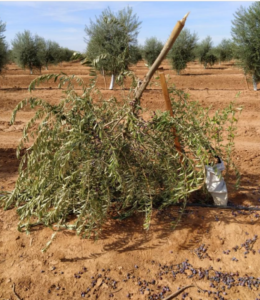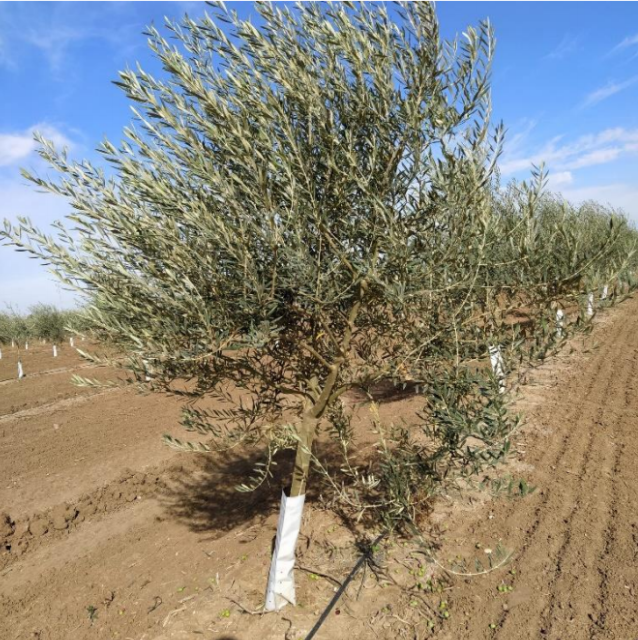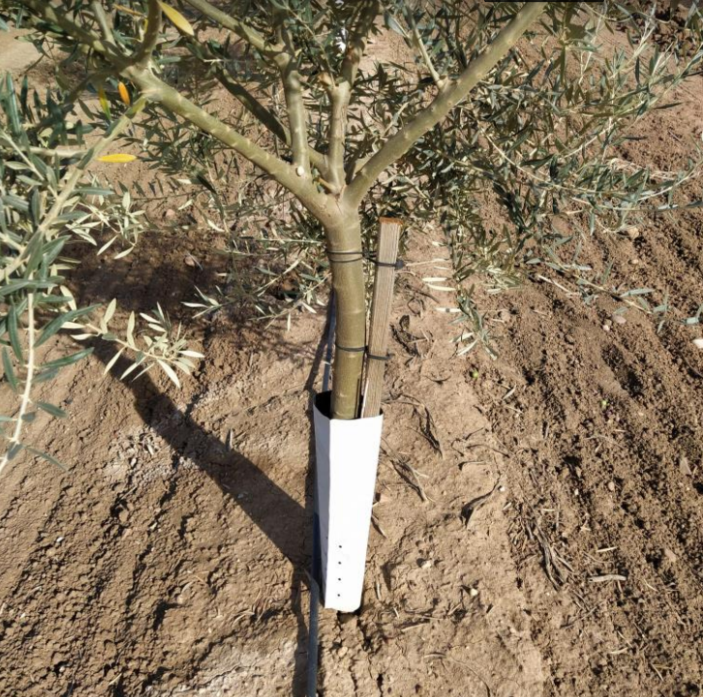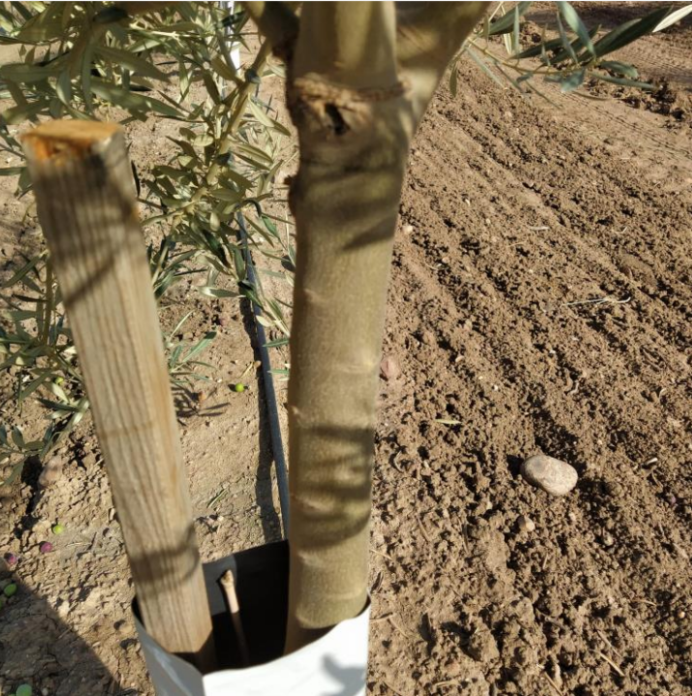At the start of the olive campaign, we propose in this trial the high efficacy of phytobiotics against the euzophera of olive, also known as the quince moth. Euzophera is a lepidopteran that kills young olive trees and decreases production in adult plantations. Unfortunately, its impact is important in the Spanish olive farms because it is one of the most frequent pests.
Why is it so worrisome?
Because this harmful insect (we are talking exactly about the variety Euzophera pinguis Haw) aliments from the bark and wood of the olive tree, in which it causes irreversible damage.
By significantly affecting the flow of sap, it weakens the trees little by little, until they are causing its death.

Olive grove killed by the Euzophera.
Therefore, in this case our trial is focused on verifying the high efficacy, close to 100% in the treated samples, of two different combinations of zero residue phytobiotics against olive grove euzophera. To do this, between the end of September and the beginning of October, we carried out different treatments on two samples. Both are located on the same farm (La Virtud, in Córdoba), although they are of different olive varieties. Specifically, we applied our Basictec and Frutoil phytobiotics in 125 hojiblanca variety trees and the combination of Indico and Frutoil in another 125 Arbequina variety olive trees. In both cases, there was a significant presence of Euzophera larvae and eggs before treatment on the 2-year-old trees.
THE KEYS OF THE TWO EXPERIMENTS
MORE INFORMATION ABOUT THE EUZOPHERA
This harmful insect of the olive tree produces the retention of the sap, as well as “wounds”, generally in the junctions of branches. They chrysalis in the gallery, near the outside, as well as the small holes can be seen in the trunk.
That is why it is so important that, when detecting the existence of this pest in the olive grove, preventive measures must be taken immediately, to avoid its spread to all the olive trees on the farm.
MAIN PHOTO PX HERE. LICENSE CCO.












